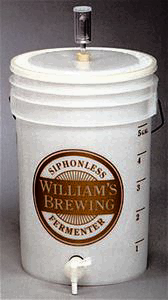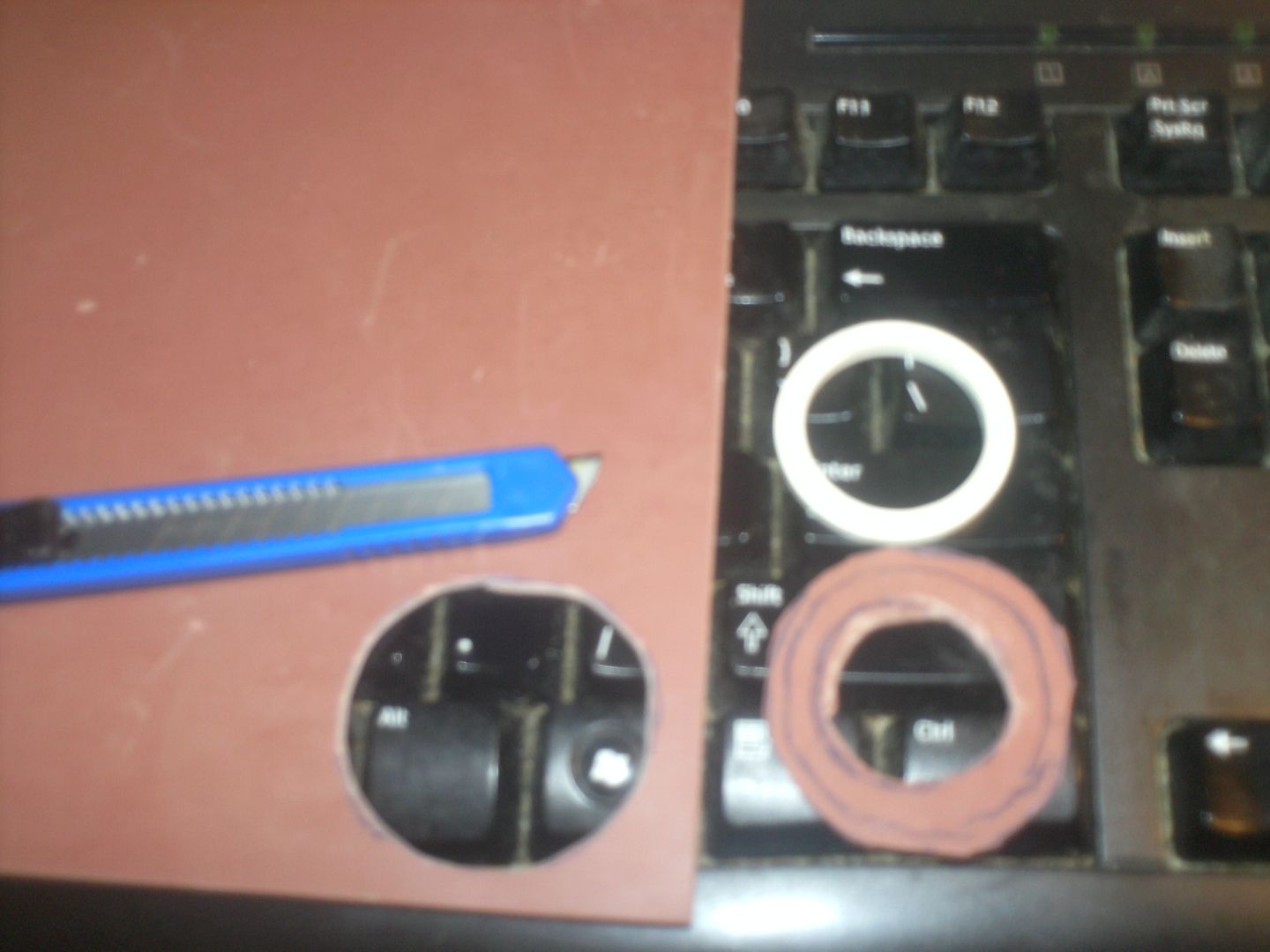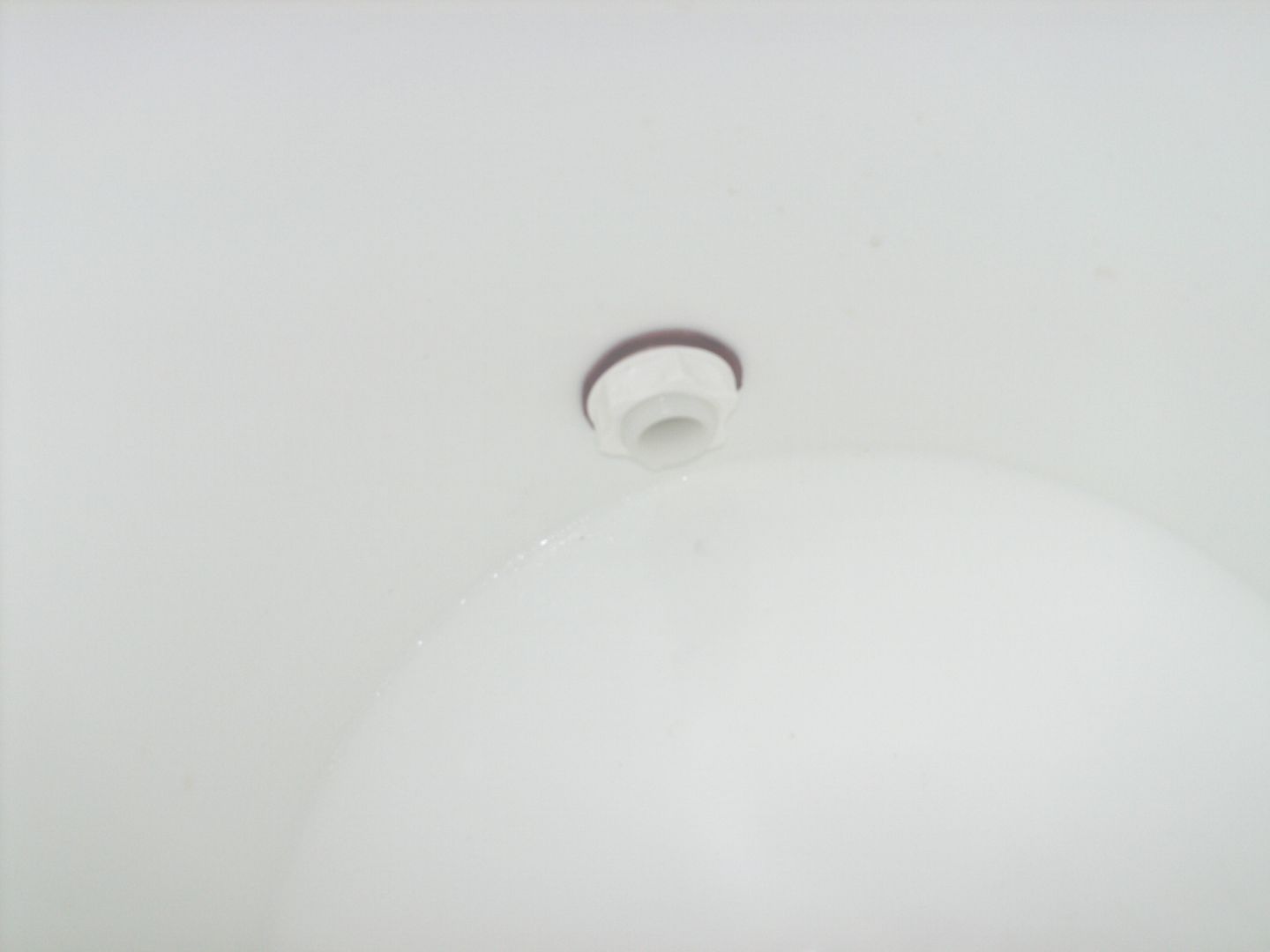ILikeColdBeverages
Member
- Joined
- Jan 10, 2015
- Messages
- 10
- Reaction score
- 0
I have started to assemble my first homebrew setup. I plan to get my feet wet with extract brewing and eventually graduate to a whole grain set-up. My goal is simple...make great beer. I've heard many stories of mediocre homebrews and if I wanted bad beer I'd just go buy some coors light and save myself the trouble.
When taking on any new hobby I have a tendency to get carried away buying equipment. There are so many products & gadgets for sale, all seemingly worth consideration. Being a married man, it can be hard to carve out time/$$ for personal enjoyment so efficiency is crucial. I'm also apartment living, using our kitchen to brew, so portability, cleanliness and simplicity are also important.
I'm pretty sure I'm ready to make my first batch. Am I missing anything? Anyone have suggestions for improvements or alterations?
So far here's what I have:
1 glass carboy with bung & 3 piece airlock
2 6.5 gallon buckets w/ spigots 1 for primary fermenting 1 for bottling
1 8 gallon brew kettle w/ lid, thermometer, ball valve & bazooka screen
1 copper wort chiller
4' 1/2" high temp tubing
1 brew paddle
1 hydrometer w/ testing tube
1 racking cane w/ auto siphon
1 bottle capper w/ caps
48 pry top bottles (emptied with joy)
1 jet bottle/carboy washer & bottle brush
B-brite sanitizing solution
India pale ale ingredient kit (extract, specialty grain, hops, yeast, priming sugar, grain bag)
When taking on any new hobby I have a tendency to get carried away buying equipment. There are so many products & gadgets for sale, all seemingly worth consideration. Being a married man, it can be hard to carve out time/$$ for personal enjoyment so efficiency is crucial. I'm also apartment living, using our kitchen to brew, so portability, cleanliness and simplicity are also important.
I'm pretty sure I'm ready to make my first batch. Am I missing anything? Anyone have suggestions for improvements or alterations?
So far here's what I have:
1 glass carboy with bung & 3 piece airlock
2 6.5 gallon buckets w/ spigots 1 for primary fermenting 1 for bottling
1 8 gallon brew kettle w/ lid, thermometer, ball valve & bazooka screen
1 copper wort chiller
4' 1/2" high temp tubing
1 brew paddle
1 hydrometer w/ testing tube
1 racking cane w/ auto siphon
1 bottle capper w/ caps
48 pry top bottles (emptied with joy)
1 jet bottle/carboy washer & bottle brush
B-brite sanitizing solution
India pale ale ingredient kit (extract, specialty grain, hops, yeast, priming sugar, grain bag)














































![Craft A Brew - Safale S-04 Dry Yeast - Fermentis - English Ale Dry Yeast - For English and American Ales and Hard Apple Ciders - Ingredients for Home Brewing - Beer Making Supplies - [1 Pack]](https://m.media-amazon.com/images/I/41fVGNh6JfL._SL500_.jpg)














